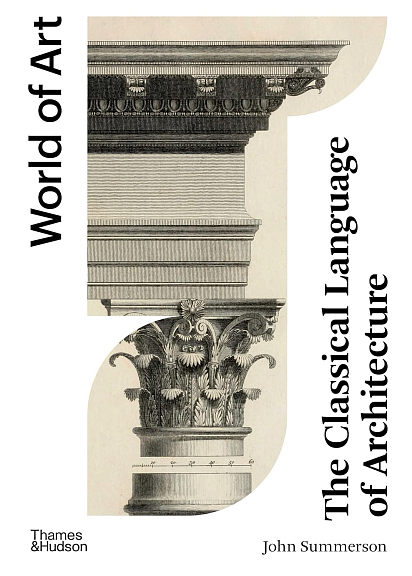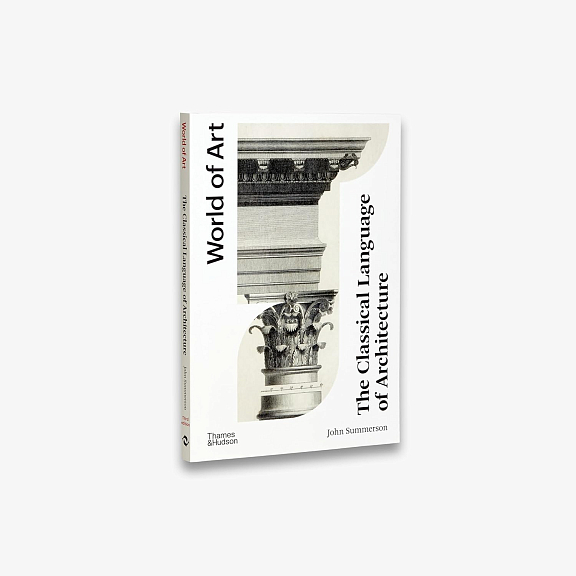-
Книги
- Нонфикшн
- Гуманитарные науки
- Деловая литература
- Естественные / Точные науки
- Книгоиздание
- Лайфстайл
- Словари / Энциклопедии
- Художественная литература
- Детектив
- Драматургия
- Классическая проза
- Мифология. Эпос
- Поэзия
- Собрания сочинений
- Современная художественная проза
- Фантастика. Фэнтези
- Биографии / Мемуары
- Графические романы / Комиксы
- Детские книги
- Воспитание. Педагогика
- Детский досуг
- О детских книгах
- Познавательная литература
- Художественная литература для детей
- Журналы / Зины
- Архитектурные
- Гуманитарные
- Журналы о моде
- Зарубежная периодика
- Искусство / Фотография
- Кино / Театр
- Лайфстайл
- Книги «Подписных изданий»
- Книги на иностранных языках
- Английский язык
- Испанский язык
- Итальянский язык
- Книги на иностранных языках для детей
- Немецкий язык
- Финский язык
- Французский язык
- Шведский язык
- Книги о кино
- Книги о музыке
- Книги о средневековье
- Книги о театре
- Книги о фотографии
- Книги об искусстве / Книги об архитектуре
- Альбомы по искусству
- Архитектура
- Декоративно-прикладное искусство
- Живопись
- Искусствоведение
- Орнаменты
- Прочее
- Танец
- Татуировка
- Творческое развитие
- Книги по философии
- Кулинарные книги
- Николай Солодников рекомендует
- Предзаказ
- Про дизайн / Про моду
- Путеводители / Книги о путешествиях
- Канцелярские товары
-
Подарки
- Брошки и значки
- Гирлянды
- Закладки
- Игры
- Календари
- Наклейки
- Наши сувениры
- Открытки
- Всякие-разные
- Наборы открыток
- Поздравления
- Про любовь и другие хорошие чувства
- С писателями и поэтами
- С цветами, овощами и фруктами
- С цитатами и другими фразами
- Подарочные сертификаты
- Постеры
- Прочее
- Сумки и шоперы
- Упаковка
- Подарочные сертификаты
The Classical Language of Architecture
| Автор | Summerson J. |
|---|---|
| Издательство | THAMES & HUDSON |
| Год издания | 2023 |
| Переплет | Мягкий |
| Страниц | 152 |
| Формат | 150x210 мм |
| Язык | Английский |
| ISBN | 978-0-50029734-6 |
| Артикул | 1191225 |
Derived from the principles of Greek and Roman architecture in antiquity, the classical style has long dominated the history of western architecture from the Renaissance to the present. Sir John Summerson’s timeless text, as relevant today as it was when first published, distils the visual language of architecture into its core classical elements, and illustrates that building throughout the ages express an awareness of the ‘grammar’ of style and its rules even if they vary, break or poetically contradict them. From the original edifices of Greece and Rome to the recapitulations and innovations of the Renaissance; the explosive rhetoric of the Baroque to the grave statements of Neo-classicism; and finally, the exuberant eclecticism of the Victorians and Edwardians to the 'stripped Neo-classicism' of some of the moderns; Summerson explains how every period has employed classical language to make their statement.
Подписка на рассылку
Мы будем присылать вам обзоры книг, промокоды и всякие-разные новости




